1
HOME > Trends >
EVERYTHING YOU NEED TO KNOW ABOUT DEADSTOCK FASHION
Written by Ivan Yaskey in Trends on the 21st April 2020
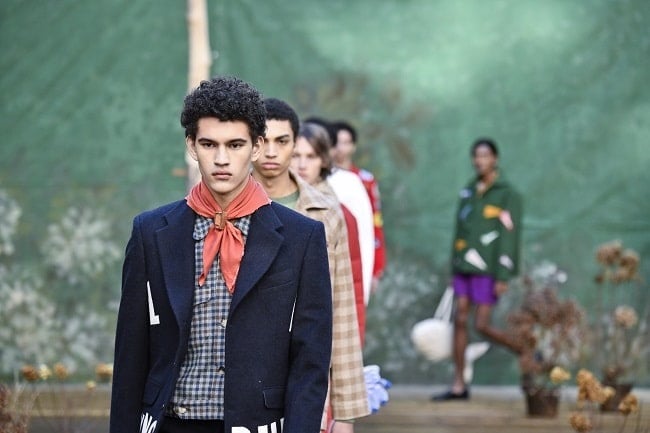
Among all trends in sustainable fashion these days, “deadstock” is a term that’s being tossed around a bunch. If you’ve shopped for vintage digs over the past decade, you’ve definitely encountered it, but beyond the context of clothing that’s never been sold or worn, what does it mean and why is it suddenly trendy amongst sustainable circles?
Understanding Deadstock Fabric Within the Context of Making Clothes
On a very general level, deadstock fabric – although not necessarily deadstock fashion, which we’ll address shortly – is material that was created but never used (see this tweet). In some cases, the brand ordering it wanted a specific colour – but the material didn’t turn out the desired shade – or the project had a direction changed and therefore the fabric was no longer needed. In other instances, the fabric was slightly damaged – perhaps with small holes or rips – or it tore too easily, potentially leading to an influx of complaints, or the company ordered too much to make a particular set of garments. In rare instances, too much of a chemical had been used, or if it’s a technical material, it doesn’t live up to the brand’s packaging claims – for instance, UPF or waterproof protection. Essentially, deadstock fabric is leftovers that might have been shopped around at a significantly lower price or, especially in today’s environment, might have been destined for a landfill. Rather than giving it that fate, sustainably minded designers and brands decide to purchase that fabric and turn it into something new and perhaps limited edition.
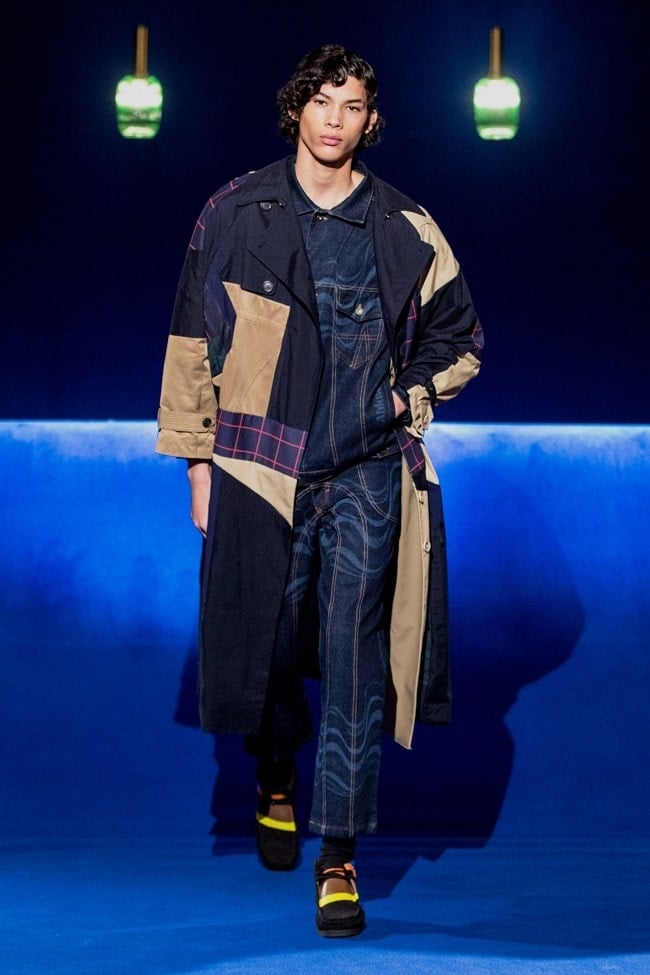
The counterpoint to “deadstock” is “available stock,” and in some contexts the terms overlap or may be used interchangeably. Or, what’s intended as available stock eventually becomes deadstock fabric. For material to be available stock, the brand or factory creates excess of the textile with the intent to sell it to another brand or buyer at a lower rate – especially if the material is relatively mundane, like a solid-colour polyester or cotton jersey. Oftentimes, available stock is simply a byproduct of how textile machines and all the power they require operate: For a snapshot, fabric is sold in rolls anywhere from 20 to 100 meters long, and if an order requires somewhere within those standard measurements, excess by default gets created. Sometimes, the brand might purchase the excess, especially if the product has a history of being popular, or the factory passes it on to another brand. If neither finds someone to purchase the leftovers, the fabric gets passed onto a jobber. The jobber, within this pipeline, continues to shop around the fabric to different brands, although at this stage, the price per yard ends up being higher than what the initial brand paid for. At this point, the fabric becomes deadstock.
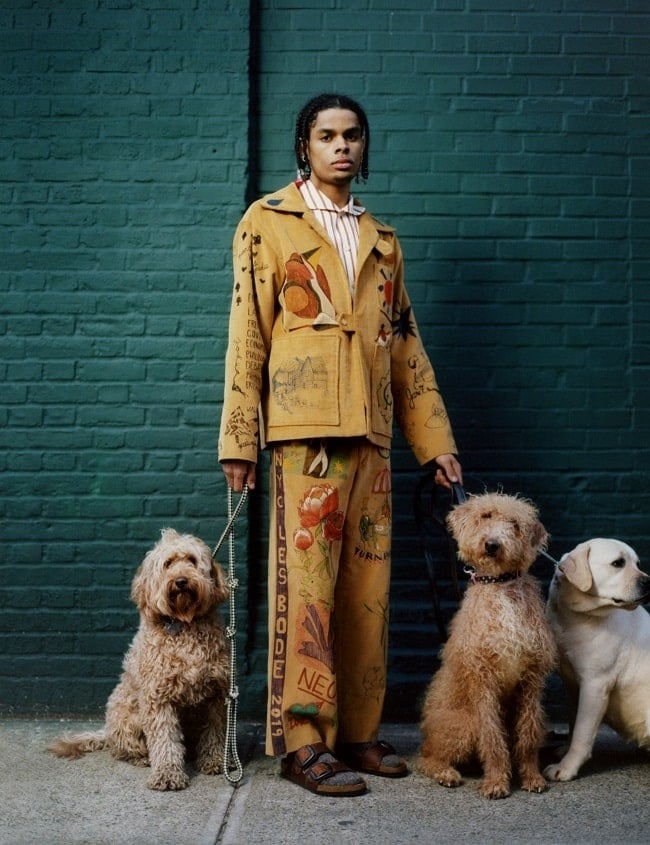
Is Deadstock Fabric Sustainable?
There isn’t a straightforward answer, unfortunately. Modern-day fabric and clothing production, by default, tend to be unsustainable and environmentally unfriendly, unless concerted efforts are taken. Deadstock doesn’t interrupt this process; rather, it simply reduces the amount of fabric waste ending up in landfills. Generally, 80 to 90 percent of fabrics get sold before they’re passed on to a jobber, and buying up deadstock fabric and, in some cases, unsold merchandise makes a dent in the amount of textile waste being thrown away. Although critics of fashion allege using deadstock fabric is the new greenwashing, especially because fashion and textile production is behind roughly 20 percent of global water pollution, the other side of the coin is excess fabric and unsold merchandise just from the U.S. alone add anywhere from 11 to 15 million tons of waste to landfills annually. Deadstock by itself doesn’t reduce the number of chemicals being used or the amount of energy required to produce a textile, but it addresses one of the ways the fashion industry by itself generates waste – which, beyond overproduction, encompasses the 15 percent of purchased fabrics left over from pattern cutting.
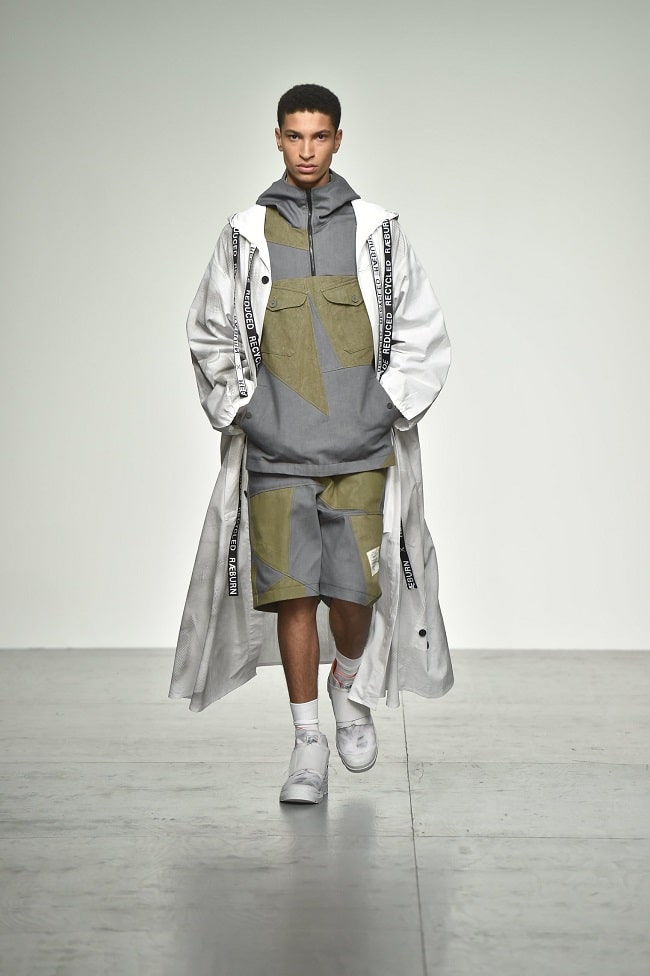
The Benefits and Drawbacks of Using Deadstock Fabrics
Ultimately, deadstock gives textiles a second life. Yet, nevertheless, brands have to be strategic with its usage. Oftentimes, fabric excess isn’t enough to sustain a collection – or even fulfil a complete order – and unless a brand only creates one-off custom garments, deadstock ultimately transitions to small-quantity, limited-edition pieces. Through this lens, deadstock requires designers and brands to think creatively:
- Very little is known about a fabric’s qualities ahead of time, which means you can’t fully plan out how a garment will drape, feel, or shrink after washing.
- Because deadstock is often in limited qualities, a brand can’t design a full collection or product line around it. Oftentimes, it gets combined with available stock to fulfil an order. For this reason, items that are in high demand aren’t – and shouldn’t be – designed with deadstock, unless you’re specifically advertising it as “one of a kind” or custom.
- Especially if you’re buying unsold merchandise, you have to factor in the labor and expense of deconstructing each item.
- On the other hand, as seen with upcycled fashion, bespoke, custom pieces have carved out their own niche market. Deadstock fits within this space, and may be cost-effective for smaller brands creating a select number of pieces they don’t plan to reissue in the future.
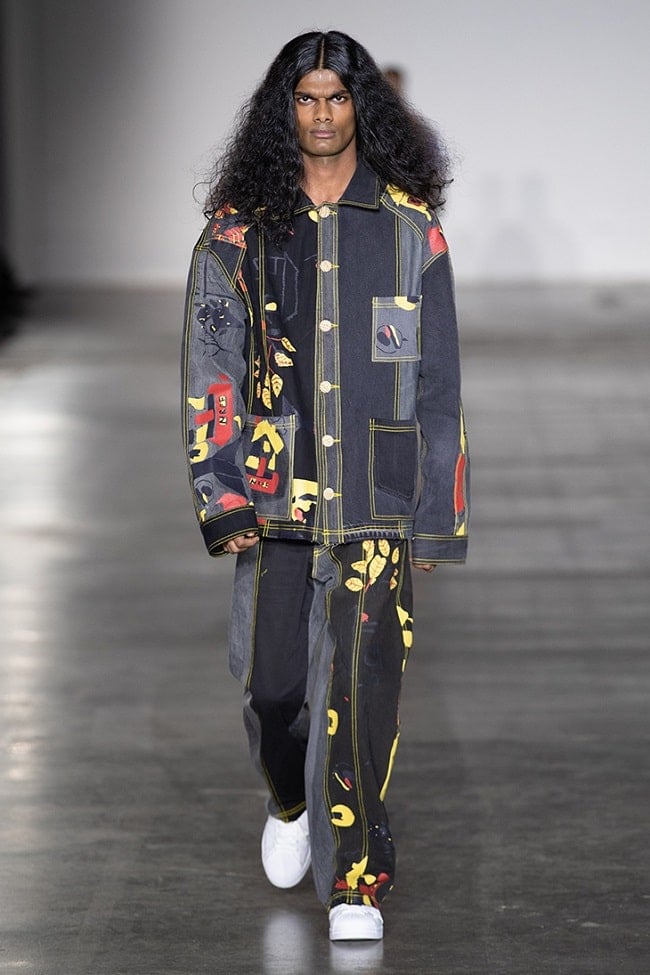
Deadstock Fabric Versus Deadstock Fashion
Although deadstock fabric may be used to make new clothing styles, deadstock has long been a term used to describe certain types of vintage pieces – a holy grail, if you will, of preserved, untouched period style. Usually, it has its original tags on for authenticity, or it shows no signs of wear and tear. Clothing that was purchased and worn once or twice, only to sit in a wardrobe for decades, isn’t true deadstock, although it may be listed as such. Much like deadstock fabrics, deadstock fashion simply wasn’t sold: It ended up on shelves, perhaps on clearance, or even made it to a discount retailer such as TK Maxx, where it also didn’t move units. It may also be left over from when a chain goes bankrupt and can’t sell off all of its merchandise. Rather than being destroyed or sent to the landfill, someone or some entity held on to it.
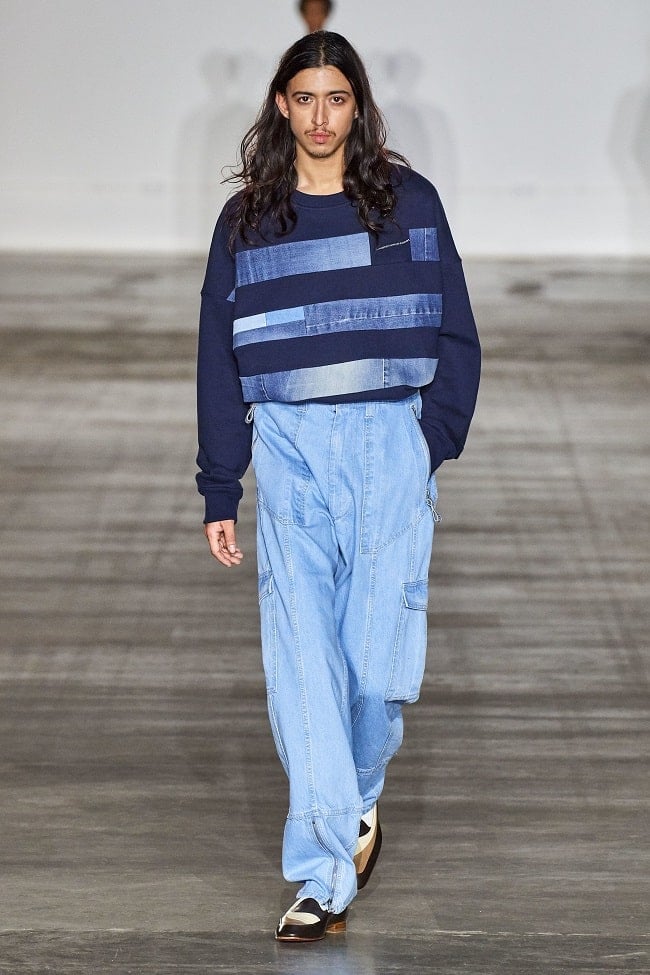
Brands Trying Out Deadstock
Although you’ll come across designers selling deadstock-based pieces on Depop or small online storefronts, this method is gaining ground through all levels of fashion. As perhaps the most visible, ASOS’s Reclaimed Vintage line is occasionally based on deadstock fabric or deconstructed deadstock fashion. Christopher Raeburn, predictably, has taken a more high-fashion approach with deadstock materials. Described by Business of Fashion, Raeburn used old military parachutes to design his first London Fashion Week presentation and has since reworked older military garments for his collections. Vetements, meanwhile, upholds its reputation as a retro-based brand by deconstructing older Levi’s and fur garments for its collections. Outside of these, LVMH Prize finalist Bode has been known to source from flea markets. On the womenswear end, Viktor & Rolf and Reformation have repurposed vintage pieces for a portion of their respective collections.

Trending
2
3
4
5
6
7
8
9
10










